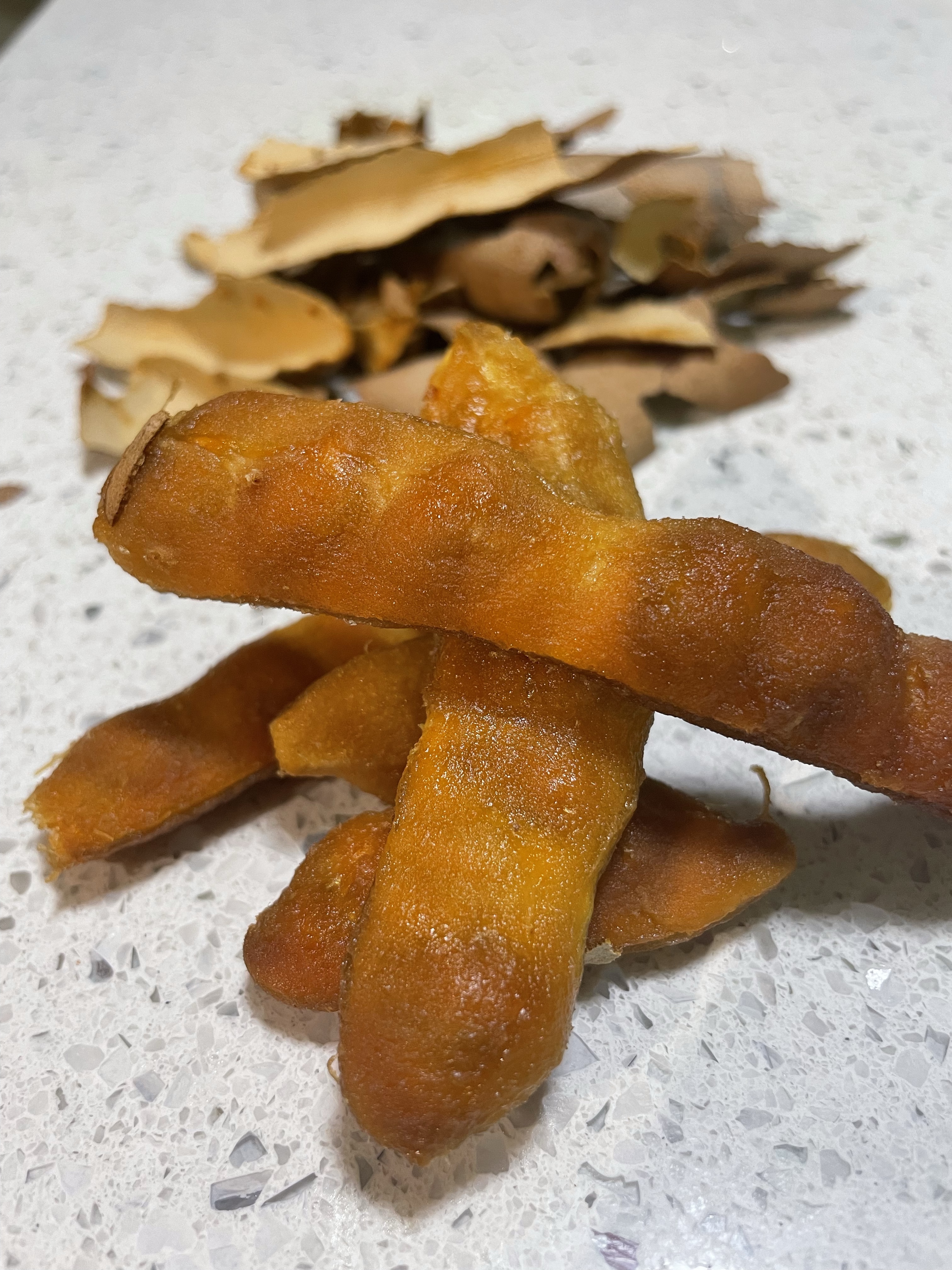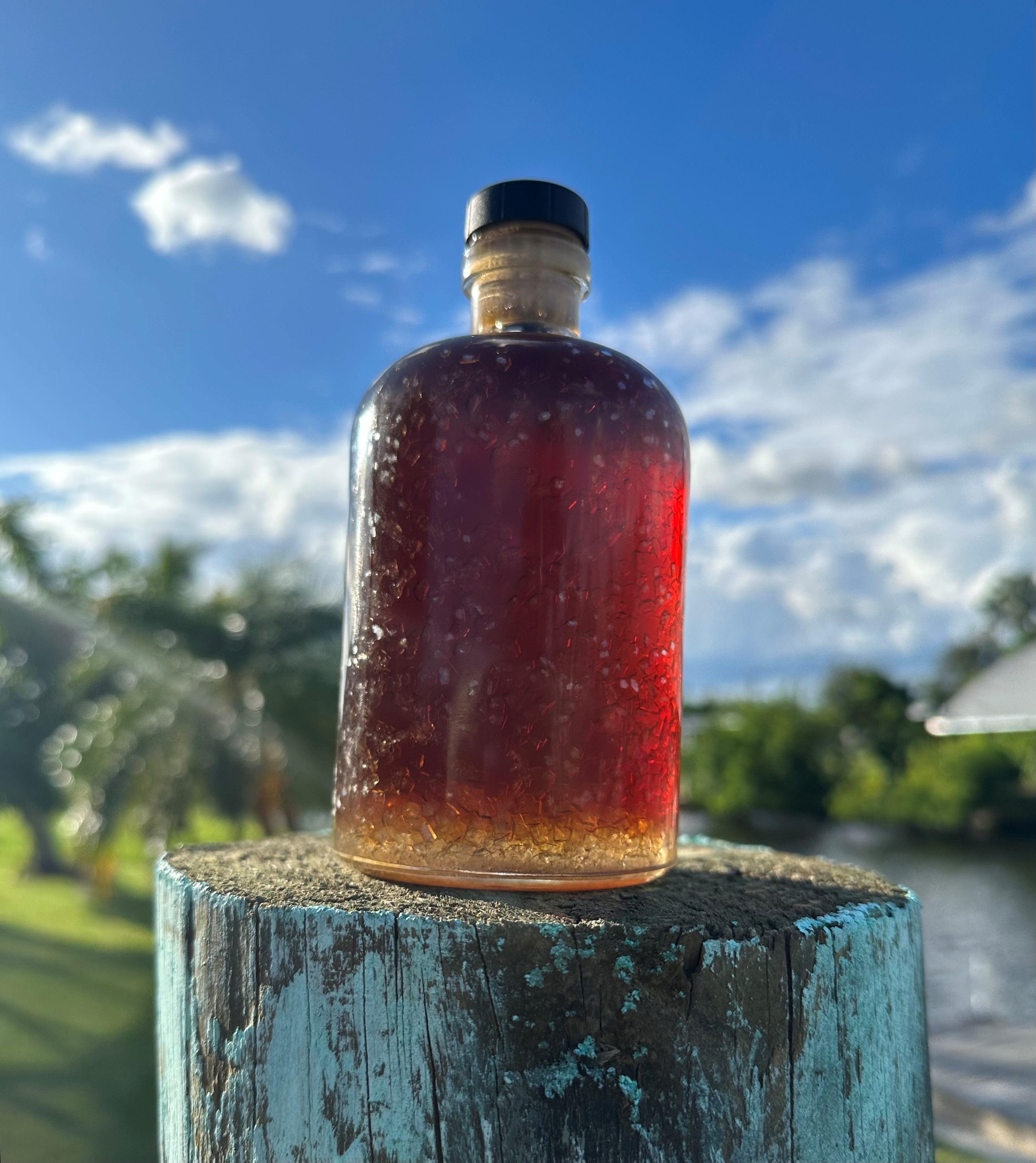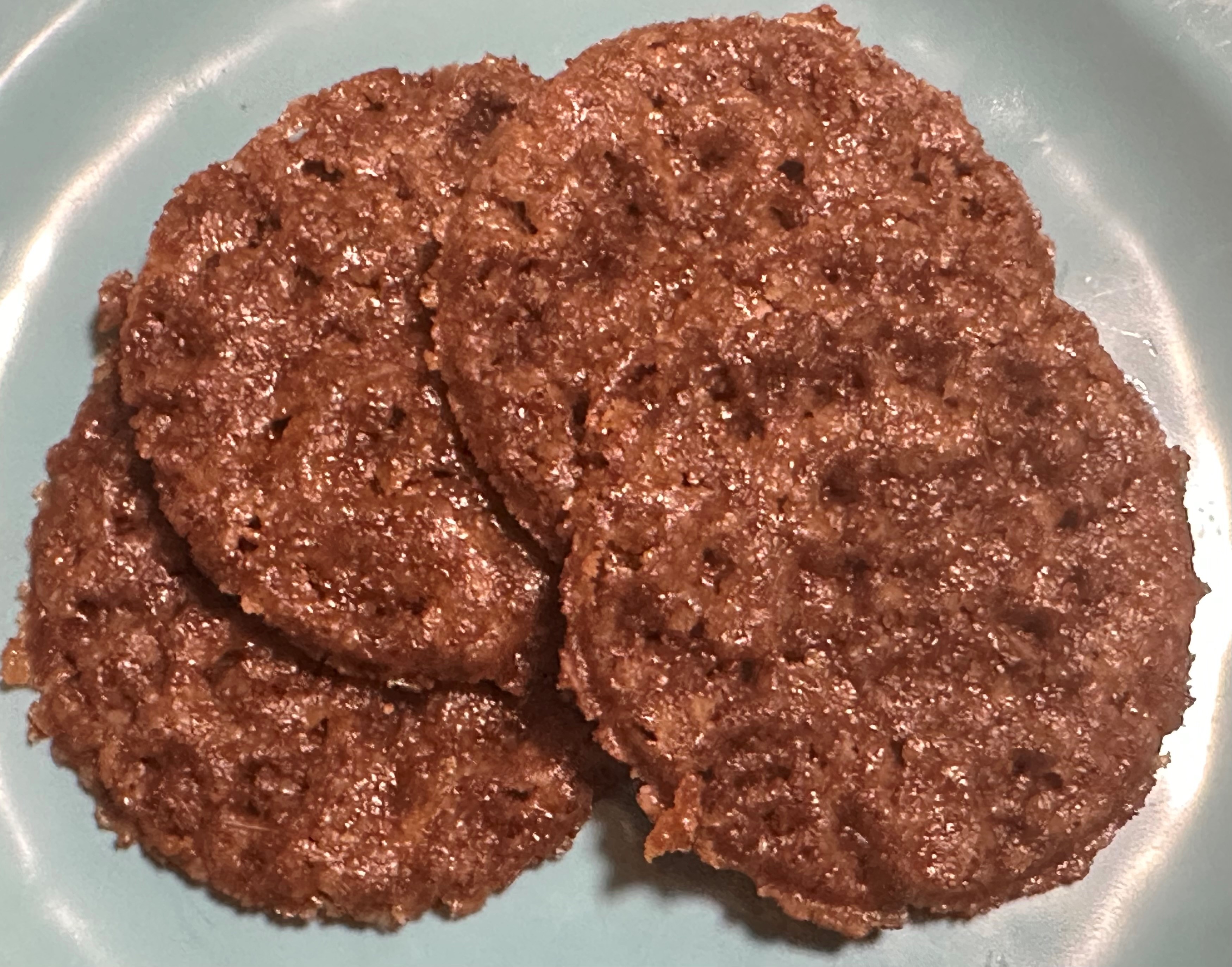MANZANILLA, MANZANITA, MEXICAN APPLE, TURK’S CAP, WAX MALLOW, SCOTSMAN’S PURSE, FIRE DART, CHINESE HAT, SLEEPING HIBISCUS
June 27, 2022
The beginning of our stay in Austin, Texas was HOT – most days the temperature was around 105 F! Fortunately, we were able to cool down at the fabulous Barton Springs, a 1,000 foot long natural limestone spring-fed pool.

Additional highlights from the city include having a drink in a haunted speakeasy (formerly a bordello), people-watching on Sixth Street, visiting the folk sculpture Cathedral of Junk, wandering the Zilker Botanical Garden, and attending the interactive art exhibit Wonderspaces.


Joe and I are also avid bat lovers (been known to put up a few bat houses) so it was a treat to watch the nightly bat flights from Congress Avenue Bridge and listen to an educational program from Austin Bat Refuge. In case you are on the fence, here’s 10 Reasons You Should Love Bats.


Despite the heat, we also visited a few parks and strolled along Waller Creek on foraging expeditions. We spotted beautyberry (Callicarpa americana) and mustang grape (Vitis mustangensis) but it was too early in the season and the fruits were all unripe. Then Joe pointed out a large patch of green with bright red flowers under some trees and a little research identified the plant as the edible manzanilla.
BOTANICAL DESCRIPTION
Manzanilla is a flowering perennial shrub native to the subtropical areas of southern United States, Central and South America. It has green, fuzzy heart-shaped leaves approximately 5 inches in diameter with rounded teeth around the edges. The scarlet flowers are tightly wrapped around a central column comprised of the pistil and stamens and the petals remain consistently closed, or “sleeping.” These flowers eventually give way to small, dark-red fruit at the end of summer.

RECIPE
All parts of this plant are edible – the leaves can be cooked like spinach, the flowers can be eaten fresh or dried for herbal teas, and the ripe fruit is said to taste similar to apple.
However, between the heat and the amazing food scene in Austin, I was not doing much cooking, so I opted to make a cooling, infused lemonade.
Manzanilla Lemonade
- 1/2 cup fresh squeezed lemon juice
- Handful of manzanilla flowers
- 1/4 to 1/2 cup sugar (to taste)
- 2 cups of water
Mix juice, sugar, and flowers together. Allow the flowers to macerate overnight in the liquid in the refrigerator. Add water to taste. Serve over ice.
When eaten raw I noticed that the flower had a sweet flavor, but it was decidedly less floral than rose petals or lavender blossoms. So it was no surprise that while the manzanilla flowers imparted a pleasant pinkish hue to the lemonade, they didn’t impact the flavor much.
For a hard lemonade, I would opt for cherry vodka, as it would complement the lovely pink color. Cheers!

TRADITIONAL USES & HERBAL BENEFITS
Leaves and flowers are used in traditional medicine in Mexico, Central America and Haiti for ailments such as bladder infections, gastrointestinal complaints, bronchitis and fevers. The flowers have been used to make a dye.
References
Centre of Agriculture and Biosciences International. (2022). Malvaviscus arboreus (wax mallow). https://www.cabi.org/isc/datasheet/32383#89C372F0-6E2C-4E6F-8C61-3F7A376EEBDD
Hansler, B (2015, January, 5). Eating Flowers in the Wild – Turk’s Cap [Video]. YouTube. https://www.youtube.com/watch?v=Q0h85qdi-2o
The How To Gardener. (n.d.). Malvaviscus arboreus. https://www.howdogardener.com/planting-guides/flowers-and-shrubs/malvaviscus-arboreus
Vorderbruggen, M. (2006). Turk’s cap. Foraging Texas. https://www.foragingtexas.com/2008/08/turks-cap.html






Leave a Reply